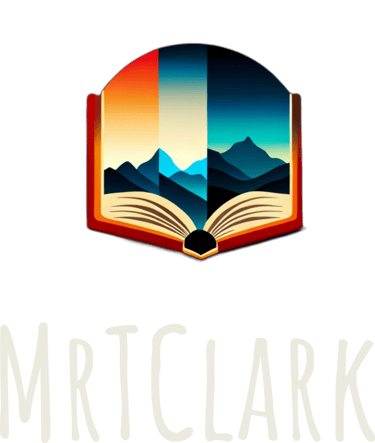Article 2: How It All Happened
How It All Happened offers a more practical approach to integrating the crosscutting concept of cause and effect into a fourth-grade science curriculum. Inquiry based learning demonstrates the nature of science as students engage in a process that mirrors the work of scientists. Students observe phenomena, pose questions, investigate, and construct arguments based on evidence. Mrs. Ray's classroom activities, centered around the inquiry into natural events really show scientific inquiry in action. Students are encouraged to observe, question, and theorize about the causes and effects of observed phenomena, allowing them to engage in critical aspects of scientific inquiry. This approach fosters a deeper understanding of how science operates, emphasizing observation, hypothesis formulation, and evidence-based reasoning.
The inquiry process is further elaborated through students' engagement with science and engineering practices alongside the crosscutting concept of cause and effect. By developing and revising models, asking cause-and-effect questions, conducting investigations, and constructing evidence-based arguments, students actively participate in the scientific process. This hands-on approach allows students to explore and reason about natural phenomena but it also prepares them for the integration of technology in their learning. The use of Google Earth and physical models for investigation demonstrates how technology can be integrated into scientific inquiry and enhance each student's understanding and engagement with the material.
Assessment in this curriculum is designed to evaluate each student’s ability to apply their understanding of cause and effect to new phenomena. This can be seen in their final unit assessment. This approach to assessment is innovative because it focuses on students' application of science and engineering practices to demonstrate their understanding, rather than relying on rote memorization. This type of assessment can inform instructional practices by identifying areas where students may need further support, allowing for targeted interventions that enhance learning outcomes.
Student misconceptions can be addressed by encouraging students to revise their initial models based on what they discover while investigating phenomena. This process gives students the opportunity to refine their understanding and correct any misconceptions they may have had about the causes and effects of natural events. My third-grade classroom uses tools like Google Earth and physical models regularly. Even this basic level of technology integration seems to facilitate a deeper understanding of scientific concepts. This integration supports hands-on learning and deeper thinking, enabling students to explore and understand complex phenomena in a more engaging and meaningful way. By incorporating technology, we can enhance scientific inquiry in the classroom, making science more accessible and stimulating for our students.
Questions Answered:
In what ways is the nature of science illustrated in this article?
What aspects of inquiry are addressed in this article, and how?
In what ways is assessment addressed in this article? How might you utilize the assessment?
How can technology be integrated into your classroom and your grade level using scientific inquiry, hands-on learning, and deeper thinking?
